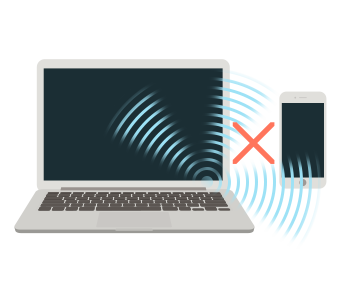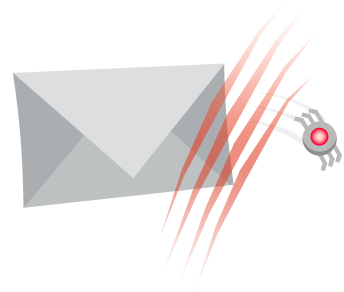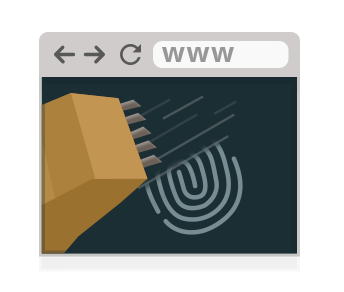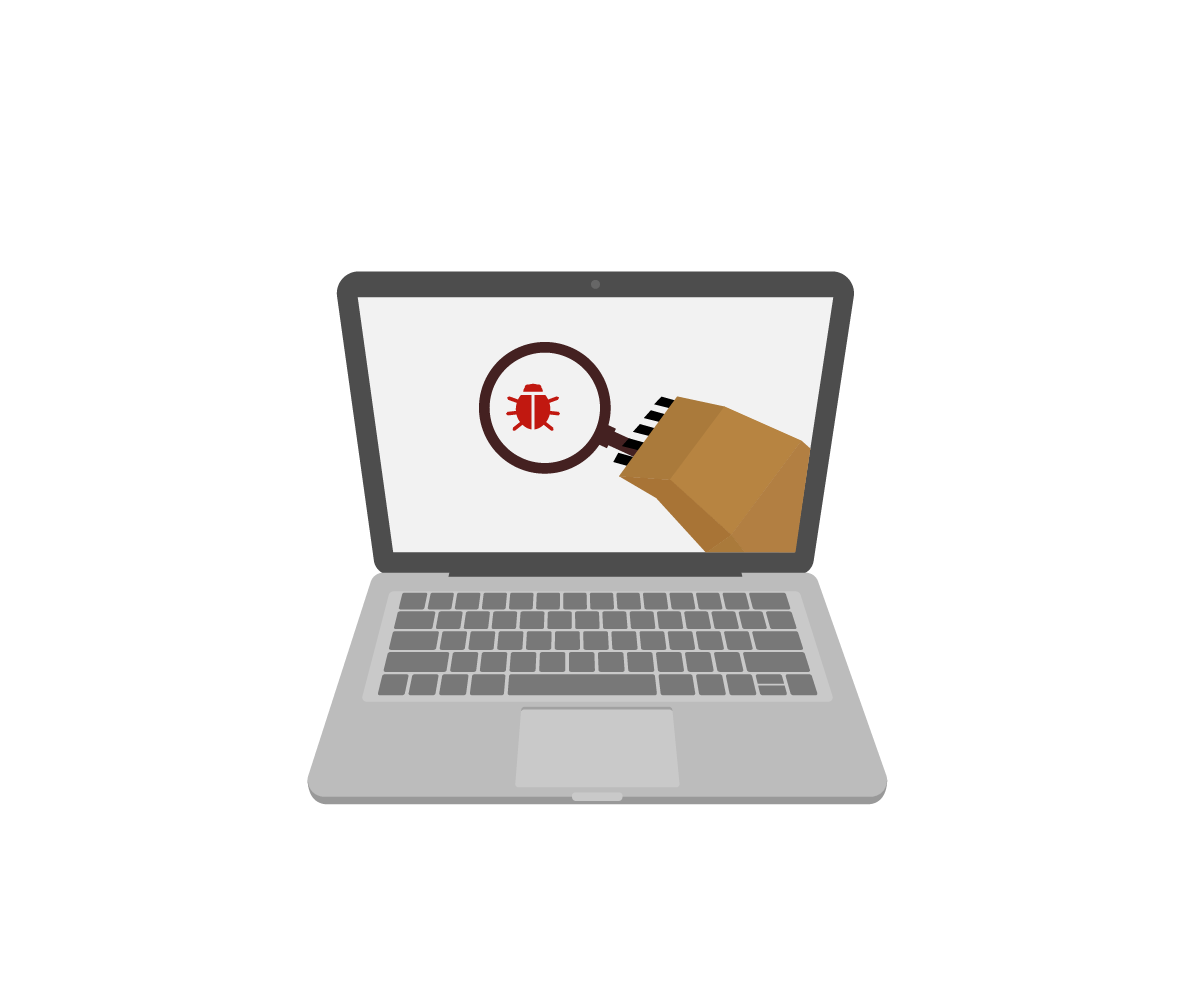Rawr. What are those
things my Bear is blocking?




What is ultrasonic tracking?
Ultrasonic tracking is the use of inaudible, high frequency sounds intended to be picked up by a second device (such as your computer or mobile phone). These sounds, played in the background of advertisements or programming, intend to link a person's viewing and online behavior across multiple devices including phones, TVs, tablets, and computers.
What’s an example?
You’re watching the TV and an ad comes on that broadcasts an ultrasonic beacon in the background. Unknowingly, your mobile device is picking up on these beacons, and granting an ad vendor insights into which commercials you’re watching, and how long you were listening before changing the channel. This leads to ads being targeted to you on your mobile device, based on which commercials you watched.
How is it blocked?
Microphone is disabled by default and TunnelBear blocker prompts you for permission to turn it on when websites request it.

What is email tracking?
Email tracking is used by companies to monitor if, what, where, when and how you’re reading their emails. By embedding a tracking pixel or pixels into their message, senders are notified of when you open their email, the physical location you read it from, the type of device and mail client you used, your unique IP address and how you interacted with the message itself (clicking links, forwarding, opening attachments). This is typically done without your consent.
What’s an example?
Marketers use email tracking to collect information from the mass emails they send out. Simply by opening the email, email tracking tells the marketer about your computer or phone, your IP address (physical location, unique number to track you across other sites) and the browser or mail app you use. This information is often aggregated and shared with 3rd parties for the goal of targeting you with more sophisticated offers in the future.
How is it blocked?
TunnelBear Blocker blocks known email tracking sources (TunnelBear blocker uses the PixelBlock blacklist) from opening within your email. Additionally, TunnelBear Blocker prevents any 1x1 width pixels and no-width images from loading, as these are the common tools of email tracking.

What are ads?
Visual advertisements can get pretty annoying on the web, from the flashy pop-up banners to the auto-playing video ads that appear within an article you were trying to read. When implemented poorly, they add visual clutter and distract from a site’s content. Ads also cause certain websites to load significantly slower, and increase your data consumption.
Do you want to block ads?
Advertisements generate revenue for your favorite websites and keep them publishing great content. Some netizens believe in keeping ads enabled on certain sites in order to help them keep the lights on. We leave it up to you to decide how aggressive you want your TunnelBear Blocker to be.
How are they blocked?
TunnelBear Blocker prevents ads from loading with the help of crowdsourced domain block lists. When a user visits a website, TunnelBear Blocker checks the domain names of loading items against these block lists, and stop any ads from loading.
What are scripts and trackers?
Trackers such as cookies are small snippets of data placed on your browser when you visit a certain website. They carry over between sites with insights into your browsing behaviour, as well as information that can also be shared with third parties for analytics and advertising purposes. Many companies use cookies to “retarget” ads toward consumers as they browse across the Internet, hoping to provide them with ads tailored on their past browsing patterns that will entice them to buy.
What’s an example?
A user visits a handful of websites looking for advice on how to deal with a skin rash he’s been experiencing. He then notices ads for skin rash medication and dermatologist clinics following him across the web - first his Facebook timeline, then the sidebar of his email browser, and dispersed throughout his favourite online news outlets. Unwillingly, his personal health concerns are shared with multiple advertising databases.
How is it blocked?
TunnelBear Blocker prevents trackers from loading with the help of crowdsourced block lists. If those cookies can’t be set then they can’t follow you around.

What is fingerprinting?
Browser fingerprinting is a complex method of identifying and tracking users based on the way their web browser is configured. By analyzing the various characteristics of your browser - from its type and operating system, to the fonts and add-ons you have installed, and even the way your browser draws images - web pages could be able to uniquely identify you when you visit their website.
What’s an example?
A webpage you visit runs a fingerprinting script to collect configuration information about your device. The ad broker displaying ads on the pages receives this information, and runs it against a fingerprinting provider database, which will either return the unique tracking number that is already correlated with your fingerprint, or store it if it’s the first time the fingerprint has been seen. The ad broker then uses your fingerprint and tracking number to track your browsing across any site and serve up tailored ads based on your browsing history.
How is it blocked?
TunnelBear Blocker identifies any web page running default Javascript methods used for fingerprinting (eg: HTML5 Canvas), and overrides them with more generic ones. No matter what setup you have, TunnelBear Blocker will return a common user profile, making you less identifiable to advertisers or trackers.

What is Flash?
Flash is an older, web-based technology that is used to render certain interactive websites, animations and videos. It can negatively impact page load time, and is often the culprit behind annoying pop-ups. Flash is also ridden with huge security vulnerabilities, many of which are exploited by hackers to install malware or ransomware on unsuspecting devices.
What’s an example?
When browsing online, there’s nothing like Flash to slow down a site’s load time, and bombard a user with intrusive, autoplaying video ads. Not only are these ads difficult to track down on a page, but they often don’t offer a mute function, forcing you to choose between the content on the site and leaving it altogether.
How is it blocked?
TunnelBear Blocker identifies when a web page runs a common Javascript tool to load Flash, and prevents the plugin from loading.

What is Malware?
Malware is malicious software that intends to disable or damage your computer. It encompasses trojans, viruses, worms and spyware - all the stuff you’ve been warned about since you started using a computer. Malware can be spread in many unscrupulous ways: ads, social sites, unsuspecting email attachments, torrents and software downloads.
What’s an example?
You visit a news website that runs ads on its site - usually from a reputable ad network like Google’s DoubleClick. Despite quality assurance measures on the ad network’s end, some malicious display ads still slip through the cracks. Once you visit the site, without even clicking the ad, your computer is tainted with malware and your browser starts to behave erratically, serving popup ads on every page you visit.
How is it blocked?
TunnelBear Blocker prevents suspicious ads from loading with the help of crowdsourced malware domain block lists. When a user visits a website, TunnelBear Blocker filters out ads or scripts hosted from sites known to spread malware, and stops these items from loading.
What are social buttons?
Social buttons are widgets embedded within websites that allow users on web pages to “Like”, “Tweet”, and share those pages via social media. Whether or not you press these buttons or are a member of these services, they relay your browsing patterns back to those organizations. Many people would prefer if social media companies and advertisers did not have a profile of their website browsing.
What’s an example?
A user planning a surprise trip for his partner is browsing vacation resort websites, most of which feature social buttons. Despite not clicking on any of these buttons, targeted ads for these resorts and flight deals appear on future third-party web pages visited by his browser, and also start popping up on his Facebook timeline for the next week. This kind of tracking can feel pretty invasive, hard to evade, and stressful concerning the risk of the user’s partner finding out about his plans.
How is it blocked?
TunnelBear Blocker prevents social buttons from loading with the help of crowdsourced social block lists (Anti-ThirdpartySocial, Fanboy’s Annoyance List, Fanboy’s Social Blocking List). When a user visits a website, TunnelBear Blocker checks the domain names of loading items against these block lists, and stops them from loading if they’re a social platform.